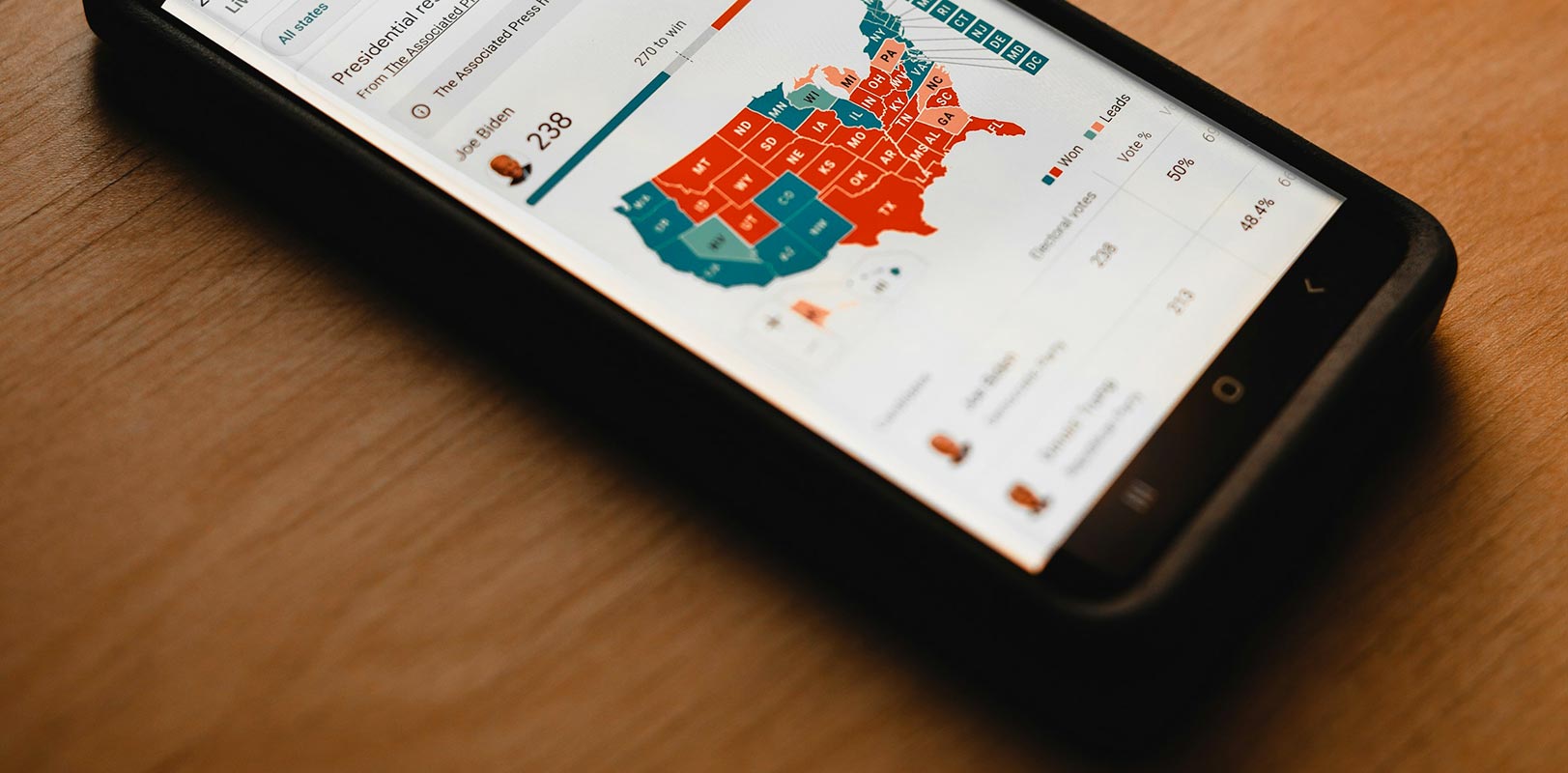In the age of digital dominance, political campaigns have significantly shifted from traditional media to online platforms. Trump Committee Spends Nearly $7M on Google Ads exemplifies this trend. This article delves into the intricacies of this campaign, examining its objectives, execution, and impact. It explores how digital strategies reshape political communication, allowing for targeted messaging and broader reach. Using data analytics to tailor advertisements to specific demographics highlights the precision and efficiency of modern political advertising. By analyzing this substantial investment in digital advertising, the article sheds light on the evolving landscape of political campaigns and the pivotal role of online platforms in shaping public opinion and influencing voter behavior.
The Rise of Digital Campaigning
Historical Context
Political campaigns have evolved dramatically over the decades. Gone are the days when television and print media were the primary channels for reaching voters. Today, digital platforms, particularly social media and search engines, play a pivotal role in shaping public opinion and mobilizing support.
Shift from Traditional to Digital Media
The transition to digital media is driven by several factors, including the widespread use of the Internet, the ability to target specific demographics, and the cost-effectiveness of online advertising. Political campaigns have embraced this shift, recognizing digital platforms’ unparalleled reach and engagement.
Trump Committee’s Google Ads Strategy

Overview of the Campaign
The Trump committee’s investment in Google Ads aimed to maximize visibility and engagement among potential voters. The campaign spanned 111 days, running nonconsecutively, and focused exclusively on the United States.
Key Objectives and Goals
The campaign’s primary goal was to bolster support for Donald Trump by reaching a broad audience across various age groups and genders. The ads were designed to convey key messages and rally voters ahead of crucial political milestones.
Financial Investment in Google Ads
Breakdown of the $7M Spent
The committee’s expenditure of nearly $7 million on Google Ads is a testament to the importance placed on digital advertising. This substantial investment underscores the strategic priority of online platforms in modern political campaigning.
Comparison with Previous Campaigns
The scale and sophistication of digital campaigns have increased significantly compared to previous election cycles. The Trump committee’s investment highlights a growing trend among political entities to allocate more resources to online advertising.
Ad Reach and Frequency
Number of Times Shown
The ads were shown between 3.5 million to 4 million times, ensuring extensive exposure. This high frequency of ad displays was crucial in reinforcing the campaign’s messages and maintaining visibility among the electorate.
Targeted Demographics
The campaign strategically targeted diverse demographics to resonate with voters and maximize its reach and influence.
Age and Gender Targeting
Age Groups Targeted
The ads did not exclude any age groups, covering everyone from 18 to 65 and older. This inclusive approach ensured the campaign’s messages reached younger and older voters, reflecting the diverse support base.
Gender Inclusion and Exclusion
Similarly, the campaign did not discriminate based on gender, targeting men and women equally. This comprehensive targeting strategy aimed to engage the entire electorate.
Geographical Targeting
Focus on the United States
The campaign’s geographical focus was exclusively on the United States, reflecting the national scope of the election. By concentrating efforts domestically, the campaign aimed to influence voters nationwide.
Impact of Location Targeting
Targeting specific locations within the United States allowed the campaign to tailor messages to regional issues and concerns, enhancing the relevance and effectiveness of the ads.
Content of the Ads
Themes and Messages
The ads’ content centered around key themes such as economic growth, national security, and American values. These messages were crafted to resonate with the electorate’s priorities and concerns.
Examples of Ad Texts
Examples of ad texts included calls to action, policy highlights, and endorsements. These elements were designed to capture attention and drive engagement.
Effectiveness of the Campaign
Metrics and KPIs
Various metrics, including click-through, engagement, and conversion rates, can measure the campaign’s effectiveness. These KPIs provide insights into the campaign’s performance and impact.
Success Stories and Challenges
While the campaign achieved significant reach and engagement, it faced challenges such as ad fatigue and competition from other political campaigns. Despite these hurdles, the campaign successfully maintained a strong online presence.
Comparative Analysis
Comparison with Other Political Campaigns
Compared to other political campaigns, the Trump committee’s investment in Google Ads stands out for its scale and strategic execution. This approach reflects a broader trend toward digital-first campaign strategies.
Lessons Learned
Key lessons from this campaign include:
- The importance of targeting.
- The need for engaging content.
- The value of continuous optimization.
These insights can inform future political advertising efforts.
Ethical Considerations
Privacy Concerns
Digital advertising in political campaigns raises several ethical considerations, particularly around privacy. It is crucial to ensure that voter data is used responsibly and transparently.
Transparency and Accountability
Transparency in ad spending and targeting practices is essential to maintain public trust. The Trump committee’s campaign highlights the need for clear disclosure and accountability in political advertising.
Public Perception
Voter Reactions
Voter reactions to the ads varied, with some appreciating the direct communication and others expressing concerns about the saturation of political messaging. Understanding these perceptions is vital for refining future campaigns.
Media Coverage
The campaign’s significant investment in Google Ads attracted considerable media attention, further amplifying its reach and impact. Media coverage played a crucial role in shaping public discourse around the campaign.
Future of Political Advertising
Trends and Predictions
Digital platforms will likely dominate the future of political advertising, with an increasing emphasis on data-driven strategies and personalized messaging.
Innovations in Digital Campaigning
Innovations like artificial intelligence, machine learning, and advanced analytics will continue transforming political campaigns, enabling more precise targeting and effective communication.
FAQs
What was the primary goal of Trump’s Google ad campaign?
The primary goal was to maximize visibility and engagement among potential voters, ultimately bolstering support for Donald Trump.
How does digital advertising compare to traditional methods in political campaigns?
Digital advertising offers greater targeting precision, cost-effectiveness, and engagement potential than traditional methods like TV and print media.
What demographics were targeted by Trump’s campaign?
The campaign targeted a broad range of demographics, including various age groups and genders, without excluding specific categories.
Were there any ethical concerns raised about this campaign?
Yes, ethical concerns such as privacy and transparency in ad spending and targeting practices were raised, highlighting the need for responsible and accountable digital advertising.
What future trends can we expect in political advertising?
Future trends include:
- Increased data-driven strategies.
- Personalized messaging.
- AI and machine learning innovations to enhance targeting and engagement.
Wrap Up
The Trump committee’s nearly $7 million investment in Google Ads underscores the transformative impact of digital advertising in political campaigns. This significant expenditure highlights the importance of targeted, data-driven approaches in reaching and engaging voters. By leveraging Google Ads’ vast reach and precision, the campaign aims to connect with specific demographics, ensuring its message resonates with the intended audience.
As digital platforms continue to evolve, political campaigns must adapt and innovate to stay ahead. The shift from traditional media to online platforms reflects technological changes, voter behavior, and media consumption. This trend signifies a broader movement towards more sophisticated and efficient political advertising, where data analytics is crucial in crafting effective strategies. Understanding this evolution is essential for comprehending the future of political communication and the growing influence of digital media in shaping public opinion and election outcomes.

Selva Ganesh is a Computer Science Engineer, Android Developer, and Tech Enthusiast. As the Chief Editor of this blog, he brings over 10 years of experience in Android development and professional blogging. He has completed multiple courses under the Google News Initiative, enhancing his expertise in digital journalism and content accuracy. Selva also manages Android Infotech, a globally recognized platform known for its practical, solution-focused articles that help users resolve Android-related issues.




Leave a Reply